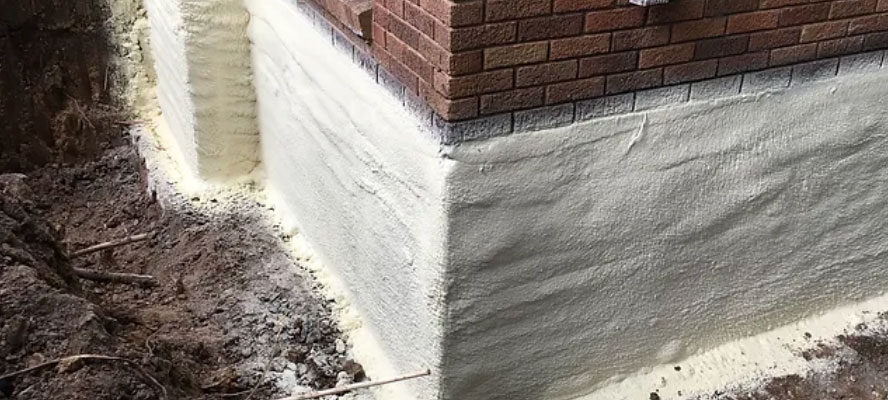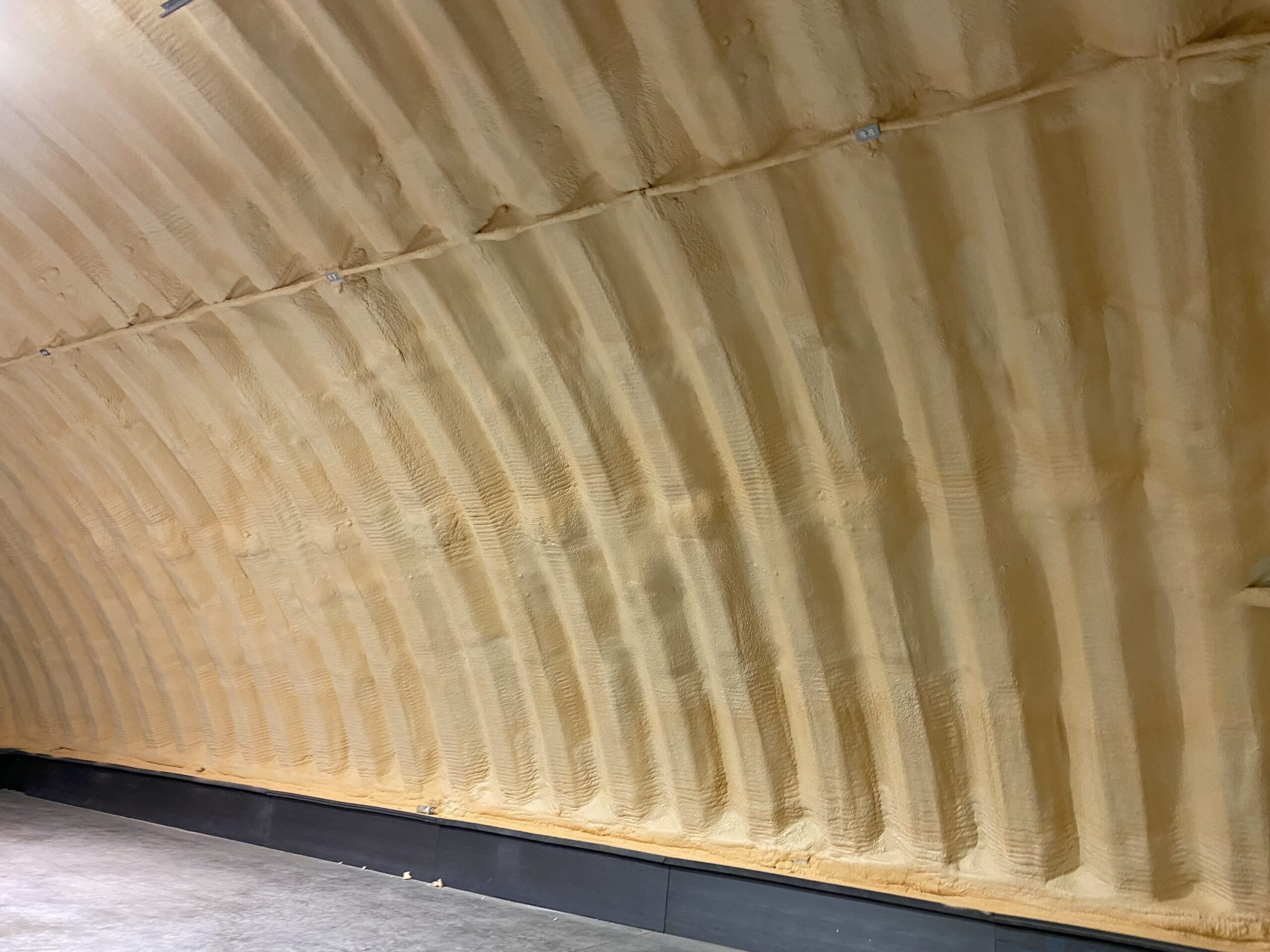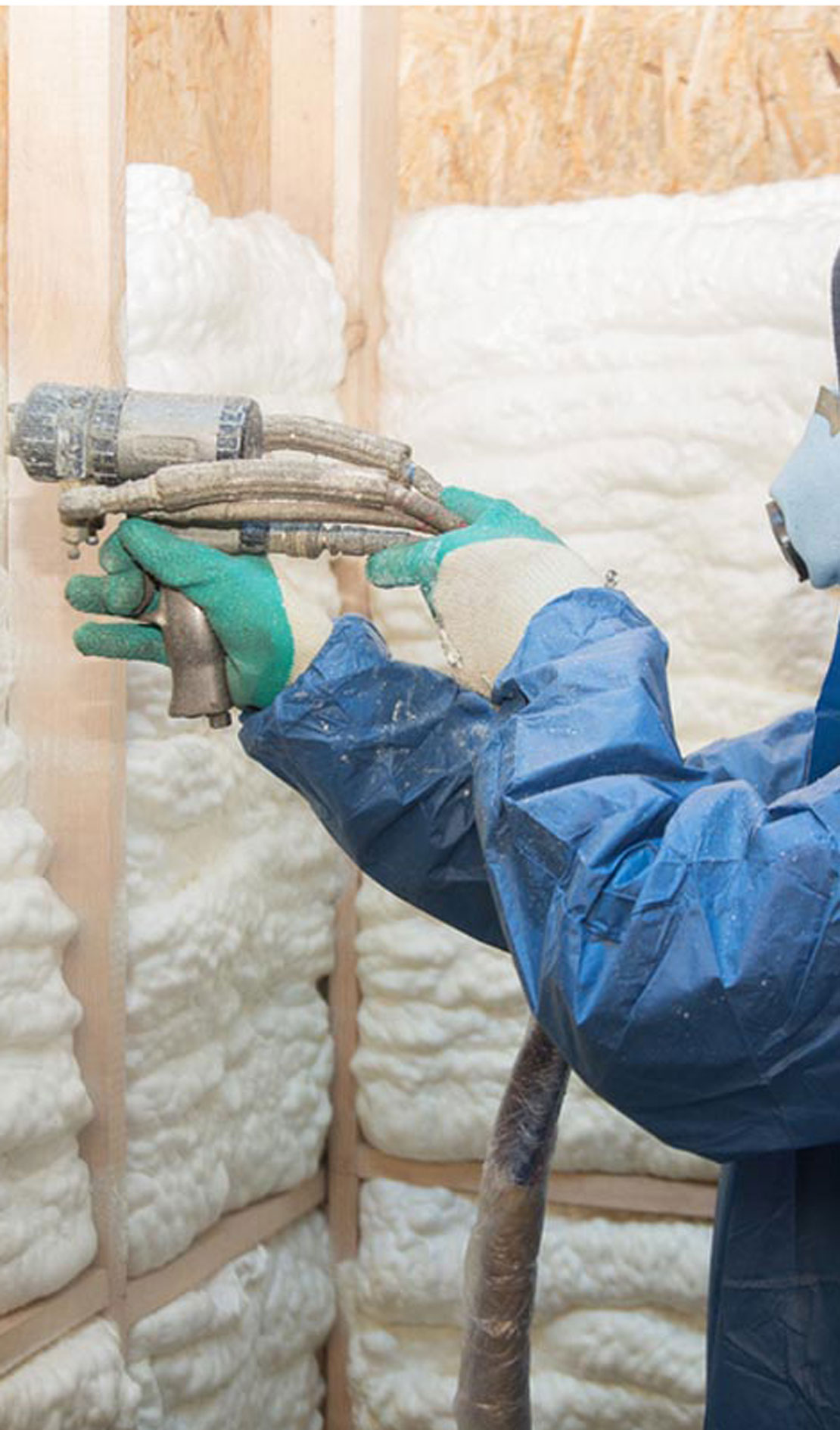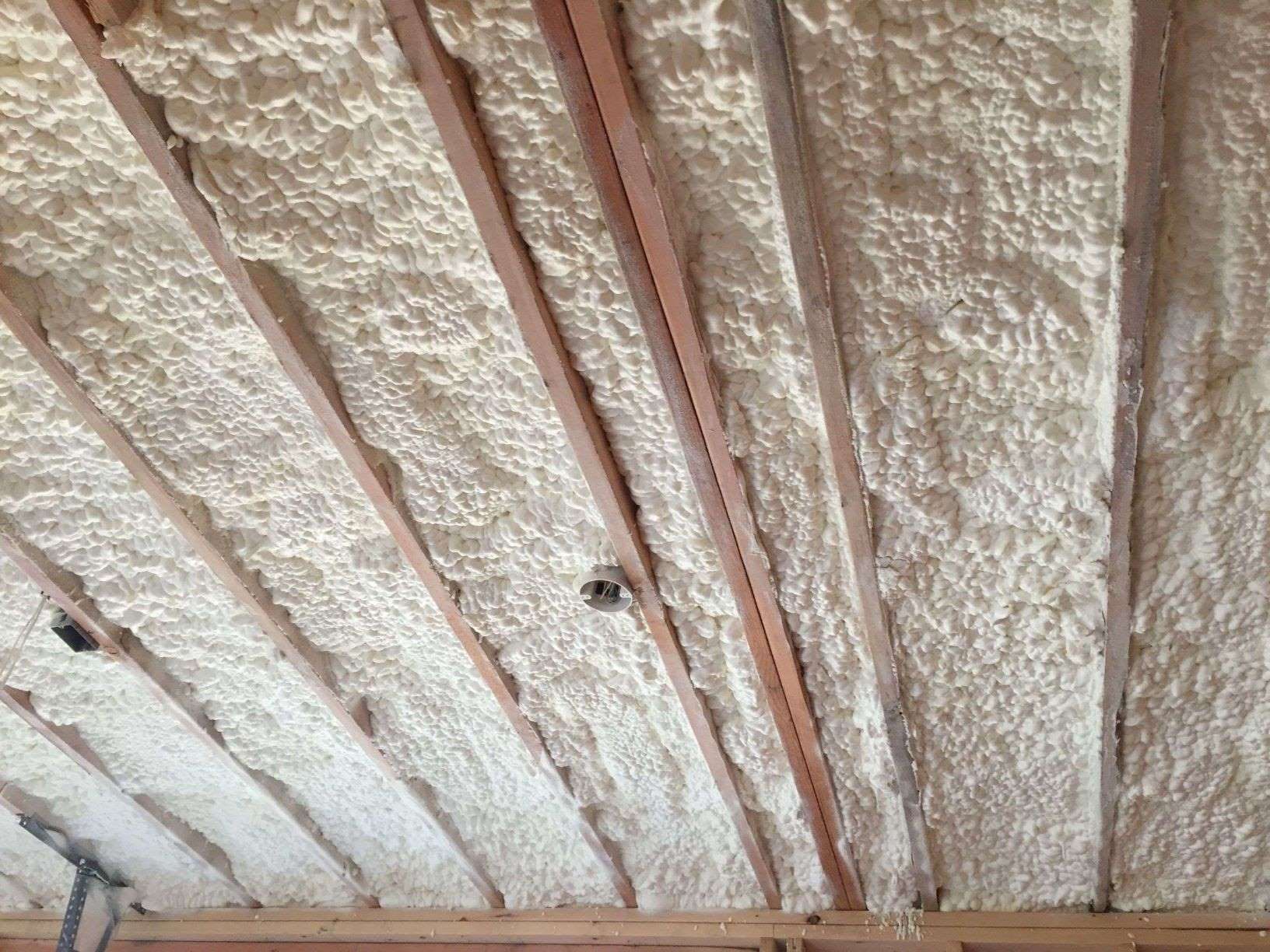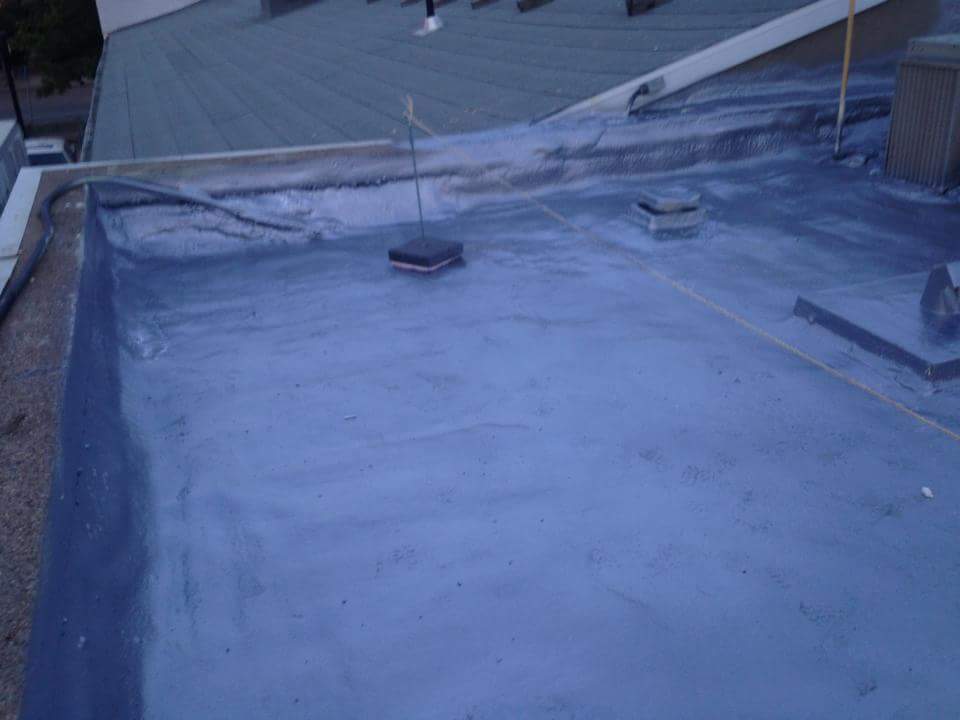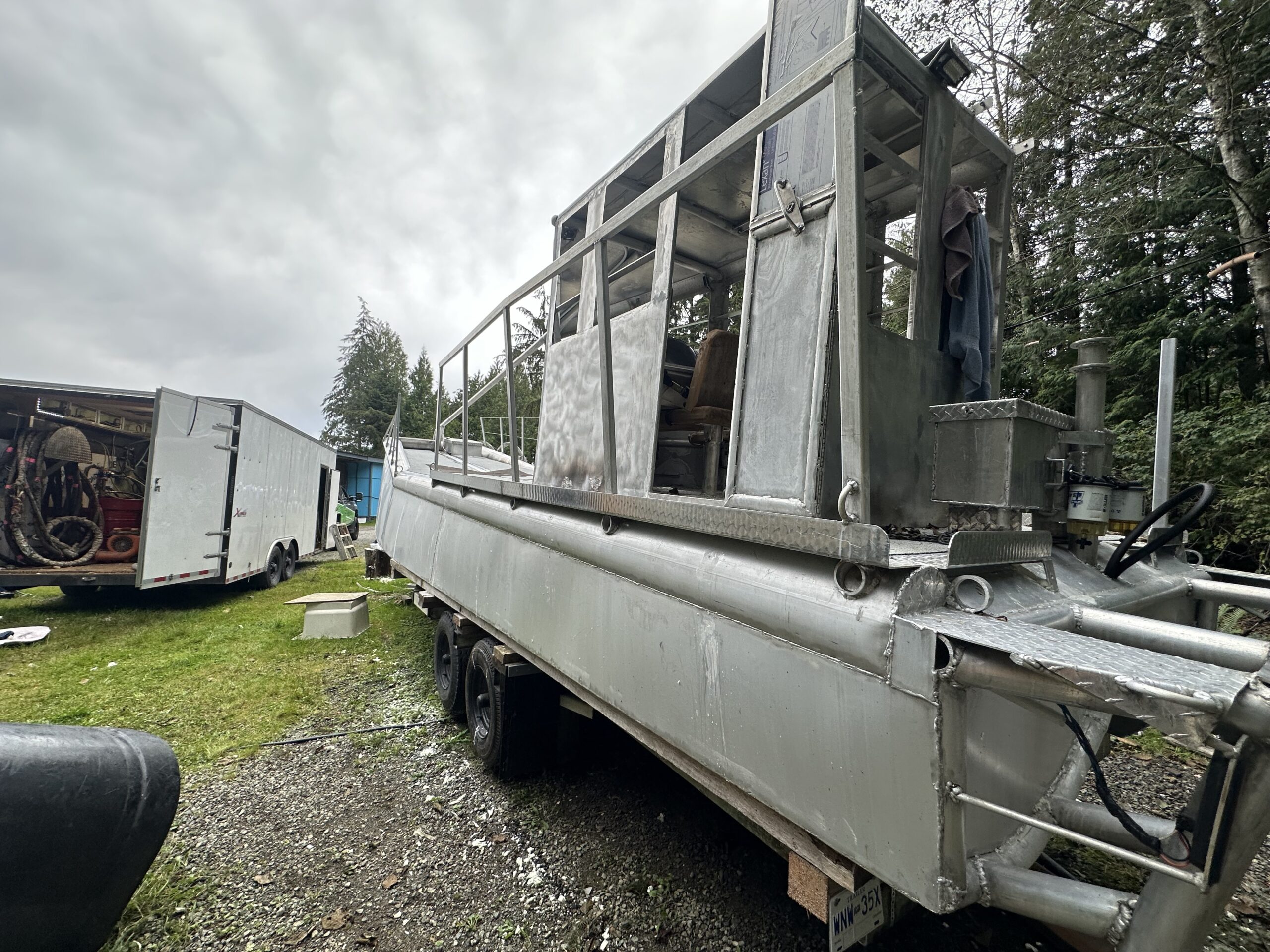Spray Foam Structural Repairs: An Overview
Spray foam is a versatile material that is commonly used for insulation, but it is also increasingly being employed in structural repairs. When used in this capacity, spray foam offers a cost-effective, durable, and efficient solution for fixing various structural issues in both residential and commercial buildings. Here’s a closer look at how spray foam is used for structural repairs and why it can be a valuable tool.
What is Spray Foam?
Spray foam consists of two liquid components—polyurethane and isocyanate—that react when mixed to form a foam. Once sprayed, it expands rapidly and hardens into a solid foam. There are two types of spray foam: open-cell and closed-cell.
- Open-cell spray foam is softer and more flexible, often used for insulation purposes.
- Closed-cell spray foam is denser, more rigid, and highly water-resistant, making it ideal for structural repairs.
How Spray Foam Is Used in Structural Repairs
Spray foam can be used in various ways to repair structural damage, often as a supplemental or alternative method to traditional repair techniques like concrete, wood, or steel reinforcement. Here are some common applications:
- Foundation Stabilization
- Foundation settlement and soil erosion are common issues that affect the stability of buildings. Closed-cell spray foam can be injected under the foundation to fill voids in the soil. As the foam expands, it not only fills the gaps but also helps to lift and stabilize the foundation, addressing settling problems and preventing further shifting.
- Polyurethane foam is injected into the soil or foundation cracks. The foam expands and hardens, strengthening the surrounding soil and lifting uneven sections of the foundation.
- Structural Void Filling
- Over time, buildings can develop voids within their structural components due to settling or erosion. Spray foam can be injected into these voids to provide additional support and prevent further damage. The foam hardens, filling spaces and adding rigidity to the structure.
- Rafter and Joist Reinforcement
- Spray foam can be used to reinforce weakened or sagging rafters and floor joists. When applied to the underside of the joists, foam provides added structural support while also preventing air leaks and moisture infiltration. It can help improve the load-bearing capacity of beams, especially in areas where wood might have become compromised by pests or rot.
- Crack Sealing and Waterproofing
- Spray foam has excellent waterproofing properties, making it ideal for sealing cracks in basements, walls, and foundations. It prevents water from seeping through damaged areas, which can help prevent further deterioration. Closed-cell spray foam, in particular, is highly resistant to moisture and can block water ingress, offering long-term protection against flooding and mold growth.
- Slab Repair
- Cracks and uneven surfaces in concrete slabs can cause structural instability. Spray foam can be injected into these cracks, where it will expand and fill the gaps, effectively sealing them and improving the structural integrity of the slab.
Advantages of Spray Foam for Structural Repairs
- Durability: Closed-cell spray foam is extremely durable and resistant to decay, pests, and moisture. This longevity makes it a reliable solution for long-term repairs.
- Quick Application: Unlike traditional repair methods that may require extensive labor or lengthy curing times, spray foam cures quickly (often within hours), allowing for faster project completion.
- Lightweight: Spray foam is lightweight yet strong, so it won’t add unnecessary weight to the structure. This can be especially useful in cases where weight limitations are a concern.
- Minimal Disruption: Because the foam expands and hardens quickly, it can often be applied without needing to dismantle large sections of the building or causing major disruption to the property.
- Cost-Effective: Spray foam can be more affordable than traditional materials, especially when addressing specific localized issues such as cracks or foundation settlement. It can also reduce the need for costly excavation or major structural reinforcements.
Limitations and Considerations
While spray foam offers several benefits, there are some factors to consider before using it for structural repairs:
- Not a Replacement for Major Structural Damage: In cases of severe or widespread structural failure, spray foam may not be suitable as the primary repair method. It is best for reinforcing and stabilizing rather than addressing fundamental structural issues.
- Professional Application: The application of spray foam for structural repairs requires expertise. Improper installation or excessive application could result in poor performance or unintended consequences.
- Environmental Impact: Some spray foam formulations can release harmful chemicals during application and curing. It is important to ensure that the foam used is compliant with environmental standards and that the application is done in a well-ventilated area.
Conclusion
Spray foam structural repairs are a valuable tool for addressing a variety of issues related to foundation stabilization, reinforcement, and waterproofing. By offering durability, speed, and cost-effectiveness, spray foam has become an increasingly popular choice for homeowners and contractors. However, like any repair method, it’s important to assess the specific needs of the structure and seek professional advice before proceeding.
